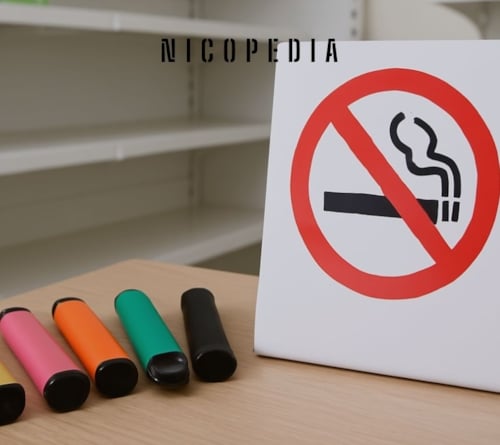Published 2025-04-24
Understanding Nicotine Levels in Pouches and Cigarettes
Nicotine pouches have been coming under attack in recent months in response to concerns over nicotine levels and claims that pouches contain 15 times more nicotine than a cigarette.

Key Takeaways
- Nicotine content ≠ absorption — what’s in the pouch isn’t what your body fully takes in.
- Pouches are less efficient than cigarettes — they need more nicotine to deliver a similar effect.
- 20mg is the recommended maximum – set by the Swedish Institute for Standards (SIS) per pouch
Misleading Information about Nicotine Uptake
These reports are very misleading, not least because journalists are clearly conflating nicotine content with nicotine uptake, leading consumers to believe that they will take up all the nicotine in the pouch.
Nicotine pouches and cigarettes are very different.
Cigarettes deliver nicotine very quickly via the lung within seconds of inhaling the smoke, whereas pouches are placed in the mouth, where uptake occurs more slowly.
Pouches must therefore contain more nicotine to pack a similar punch (a requirement if people are to use pouches instead of smoking).
Why Cigarettes Deliver Nicotine Faster
Cigarettes contain between 8 and 20mg of nicotine.
This would make pouches with an upper limit of 20mg per pouch equivalent in terms of content with cigarettes at the upper end of this scale but not necessarily uptake.
A 20mg per pouch limit would, however, allow for a rate of nicotine uptake that is equivalent to an average cigarette.
Standards in Sweden Set the Benchmark
This upper limit of 20mg per pouch has been rubber stamped by the Swedish Institute for Standards and seems to be working well.
"Reduced risk products are only as good as consumers’ willingness to use them instead of cigarettes. If no one uses them, there is no point. This is why they must deliver nicotine in a way that is competitive with a cigarette, the most effective nicotine delivery system created to date,"
Nicotine Content Comparison
(What goes into the product):
| Product | Nicotine Content |
| Pack of 20 Cigarettes |
Up to 400mg of nicotine (assuming between 8 and 20mg per cigarette) |
| Can of 20 Nicotine Pouches |
400mg/can (assuming 20mg/pouch) |
More Than Just Milligrams
The amount of nicotine is one of many factors determining uptake
Nicotine uptake is determined by several factors including nicotine content, product format, pH, moisture levels and individual differences.
Nicotine Content
More nicotine means more can be extracted from the pouch and absorbed by the user.
pH Level
In nicotine pouches, pH determines the form that the nicotine takes and how available it is for adsorption.
- When the pH is lower, less nicotine is available for your body to take in.
- When the pH is higher, more nicotine becomes available and easier to absorb.
- Compounds like sodium carbonate and sodium bicarbonate can be added to nicotine pouches to adjust pH.
- The use of pH modifiers can therefore help in terms of achieving greater extraction with less nicotine.
Determining a Limit for Nicotine
The German Federal Institute for Risk Assessment (BfR) examined existing studies and data on pouches and assessed them in combination with experimental studies of their own.
BfR’s scientific opinion is that a 16.6mg product can deliver a similar amount of nicotine as a cigarette.
But their calculations are based on a 70% extraction rate. Extraction levels vary hugely however and be as low as 15% and averaging about 50%.
In addition, pouches are less efficient than cigarettes at delivering nicotine – so they need more nicotine to match a cigarette.
A 20mg nicotine pouch is more likely to match a cigarette in effect, while also accounting for differences in products, how much nicotine gets absorbed, and individual user variation.
This is in line with the view of the SIS (Swedish Institute for Standards): 'The maximum total nicotine allowed per consumable shall be 20mg’
Related articles




